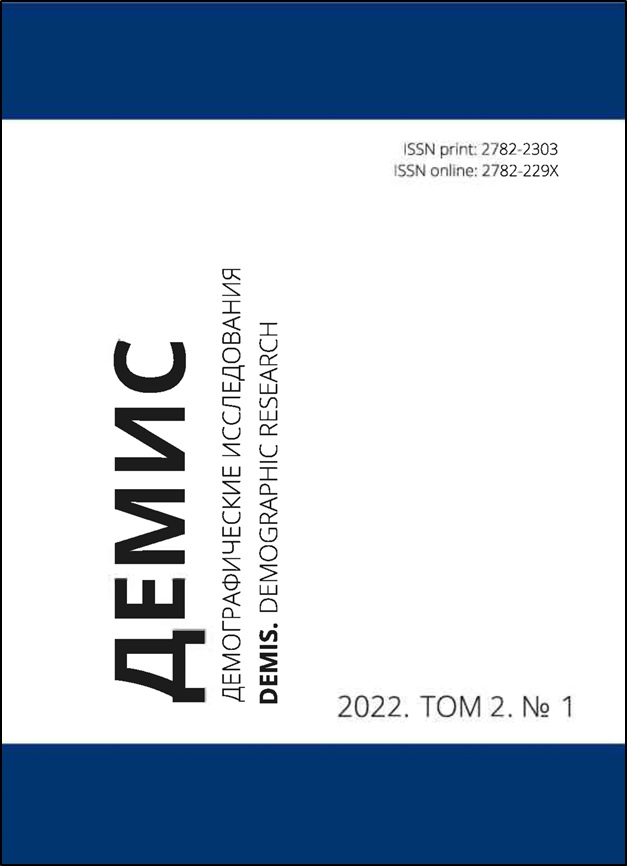Эмиграция из Вьетнама и управление денежными переводами
Научная статья
Аннотация
Литература
2. International Organization for Migration. World Migration Report 2022. Geneva: International Organization for Migration, 2021. 52 p. ISBN: 978-92-9268-076-3. Reference No. PUB2021/032/L*. URL: https://publications.iom.int/books/world-migration-report-2022.
3. International Monetary Fund. Research Dept. World Economic Outlook, April 2020. Washington, DC: International Monetary Fund, 2020. 158 p. ISBN: 9781513539744. DOI: https://doi.org/10.5089/9781513539744.081.
4. Brucker H., Jahn E. J. Migration and Wage-Setting: Reassessing the Labor Market Effects of Migration. The Scandinavian Journal of Economics. 2011. Vol. 113. No. 2. Pp. 286–317. DOI: https://doi.org/10.1111/j.1467-9442.2010.01634.x.
5. World Bank. Global Economic Prospects 2006: Economic Implications of Remittances and Migration. Washington DC: World Bank, 2006. 157 p. ISBN: 978-0-8213-6344-4. DOI: https://doi.org/10.1596/978-0-8213-6344-7.
6. Koh P. You Can Come Home Again: Narratives of Home and Belonging among Second-Generation Việt Kiều in Vietnam. Journal of Social Issues in Southeast Asia. 2015. Vol. 30. No. 1. Pp. 173–214. DOI: https://doi.org/10.1355/sj30-1f.
7. Szymańska-Matusiewicz G. The Vietnamese Communities in Central and Eastern Europe as Part of the Global Vietnamese Diaspora. Central and Eastern European Migration Review. 2015. Vol. 4. No. 1. Pp. 5–10. URL: http://www.ceemr.uw.edu.pl/vol-4-no-1-june-2015/editorial/vietnamese-communities-central-and-eastern-europe-part-global
8. Review of Vietnamese Migration Abroad. Ha Noi: Consular Department, Ministry of Foreign Affairs of Viet Nam, 2012. 76 p. URL: http://eeas.europa.eu/archives/delegations/vietnam/documents/eu_vietnam/vn_migration_abroad_en.pdf.
9. International Organization for Migration. Glossary on Migration. Geneva: International Organization for Migration, 2019. 236 p. ISSN: 1813-2278. URL: https://publications.iom.int/system/files/pdf/iml_34_glossary.pdf.
10. General Principles and Operational Guidelines for Fair Recruitment & Definition of Recruitment Fees and Related Costs. International Labour Office – Fundamental Principles and Rights at Work Branch, Labour Migration Branch. Geneva: International Labor Organization, 2019. 34 p. ISBN: 978-92-2-133333-3.
11. Vu T. T. Vietnamese Migrant Women Working Abroad: Risks and Challenges for Accessing Support Services. DEMIS. Demographic Research. 2021. Vol. 1. No. 1. P. 71–78. DOI: https://doi.org/10.19181/demis.2021.1.1.8.
12. Lindgren D., Ratnawulan D., Tuenpakdee N. Labour Market Assessment: Identifying Opportunities for Vulnerable Vietnamese from Selected Provinces of Viet Nam. Ha Noi: International Organization for Migration, 2021. 95 p. ISBN: 978-92-9268-096-1. URL: https://publications.iom.int/books/labour-market-assessment-identifying-opportunities-vulnerable-vietnamese-selected-provinces.
13. Thi Thai Ha Trân. Education financing in Vietnam. International Journal of Education of Sèvres [Revue internationale d’éducation de Sèvres]. Conference: Education in Asia in 2014: What Global Issues? 2014. ISSN: 2261-4265. URL: http://journals.openedition.org/ries/3895.
Поступила: 05.11.2021
Опубликована: 28.02.2022






